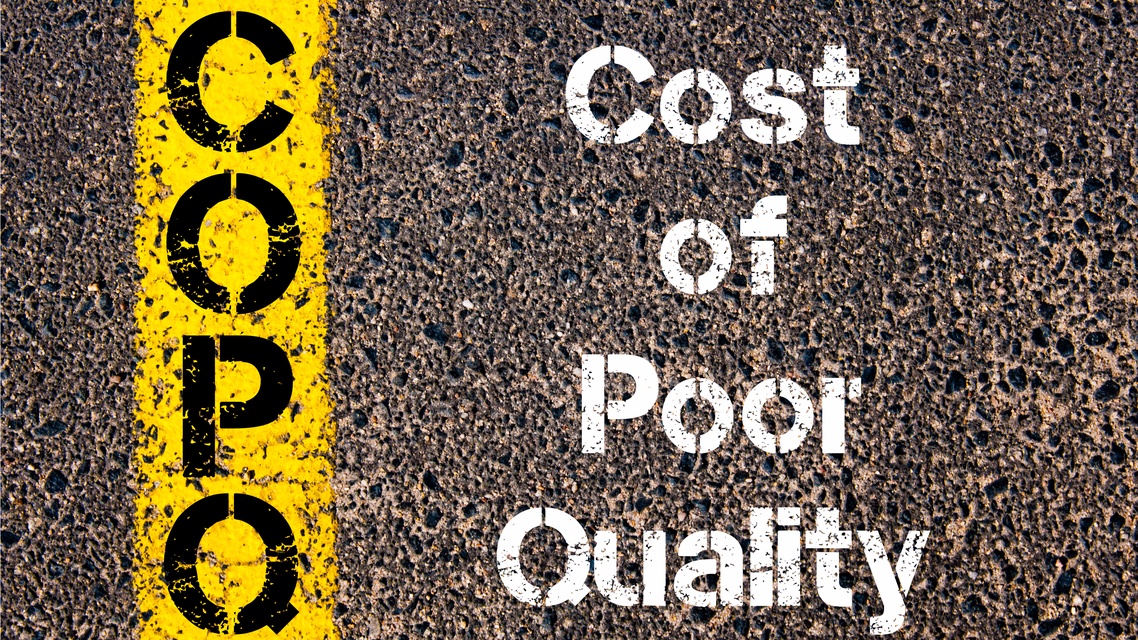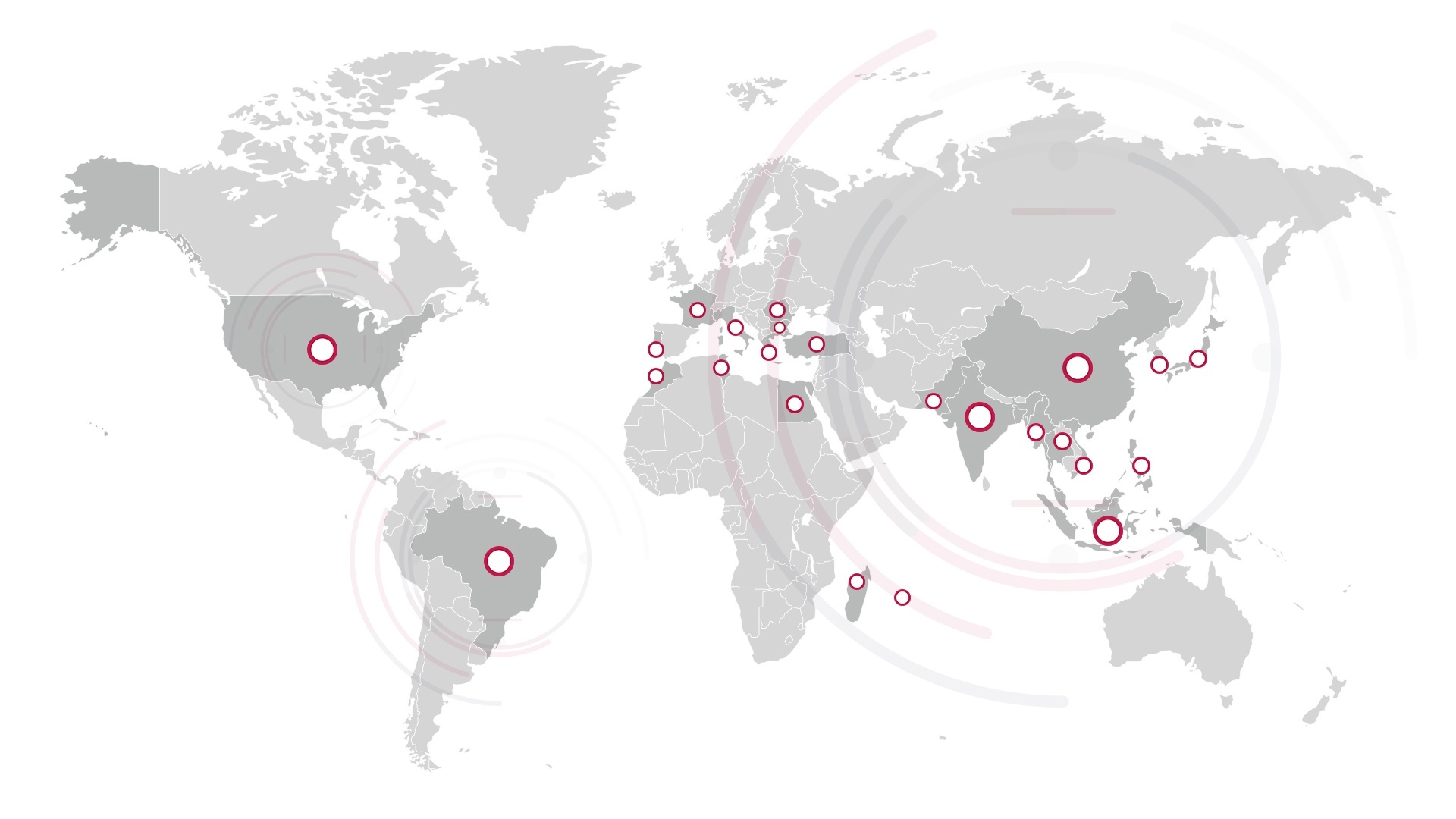In the apparel industry, effective quality management systems go hand in hand with a successful product and a competitive brand reputation. To achieve this, brands either work with quality specialists to outsource their quality management or choose to do it internally.
However, what some quality managers don’t realize is that there are many hidden costs associated with internal apparel quality management systems.
If your brand has already broken into this industry, you would know that it’s not easy to achieve as the textile industry is known for having tough entry barriers due to the high rate of competition. In an article titled “Startup Business Failure Rate By Industry”, it can be seen that while other industries enjoy a 50% or higher business success rate after four years, the apparel industry experiences a full 53% of clothing line failures by the year’s end! Therefore, to stay ahead of the game, you need to be informed of the hidden costs associated with insourcing quality and make sure every cent spent leads to the greatest return on investment.
To understand where these hidden costs of are located, we need to discuss the Cost of Poor Quality (COPQ).
The Cost of Poor Quality
COPQ is a term that is often misunderstood. Formerly, quality managers believed that producing higher quality products equaled to higher costs. However, ‘Quality Gurus’ Dr. Joseph Juran and Armand V. Feigenbaum challenged this notion in 1951 and concluded that the benefits far outweigh the costs.
The ‘cost of quality’ is the money a factory spends on the garment and material inspections, quality personnel training and the cost of labor for repair work to ensure the products meet acceptable quality standards. In other words, it’s not the cost of creating quality products, but rather the cost of NOT creating quality products. For instance, if a defect is detected during the inspection process, the cost of rectifying and reworking the faulty garments will lead to an increase in production costs and a decrease in profit. Other less-obvious examples include the cost of:
- Retesting of an assembly line
- Rebuilding of tools or equipment
- Reordering to replace faulty material
- Correction of a bank statement
These expenses that often go undetected by brand managers tend to have unfavorable results on your brand as they increase over time. An organization is impacted by poor quality in 2 ways: higher costs and lower customer satisfaction. This leads to lower revenues as the lower customer satisfaction creates price pressure and lost sales. Eventually, the brand is unable to keep up with the competitive market and customer demands, leading to a loss of business as costs continue to increase.
For steps on How to Calculate the Cost of Poor Quality in the Apparel Industry, click here.
In-House Quality Costs
In addition to the cost of poor quality, when cautiously analyzed, the cost of insourcing quality can often be higher than the cost of outsourcing quality. Some of the expenses you would need to cover include:
- Your QC team’s salaries, benefits, insurance, etc.
- Indirect management costs.
- General administrative expenses that are in many cases difficult to retrieve.
- Equipment, tools, and technology.
- Maintenance and repair of equipment and tools.
- QC staff training.
When working with a quality management partner, these extra costs are assumed by the specialist partner. Additionally, any other hiring costs and financial liabilities associated with the workers are absorbed by the partner when outsourcing quality.
It’s vital to be aware of these hidden costs related in-house apparel quality management if you want your brand to survive in this competitive yet exciting industry. In addition to outsourcing’s many benefits, it gives you the opportunity to make quality your number one priority which allows you to sidestep these hidden costs. Remember, instead of seeing quality control as ‘damage control’, your brand should focus your time, money and resources into getting it right the first time. Trust us, you will reap the benefits.
Are you unsure of whether you should hire a textile quality provider or do it internally? Find out everything you need to know here.
Did you find this blog useful? Do you have any questions regarding quality management in the apparel industry?





